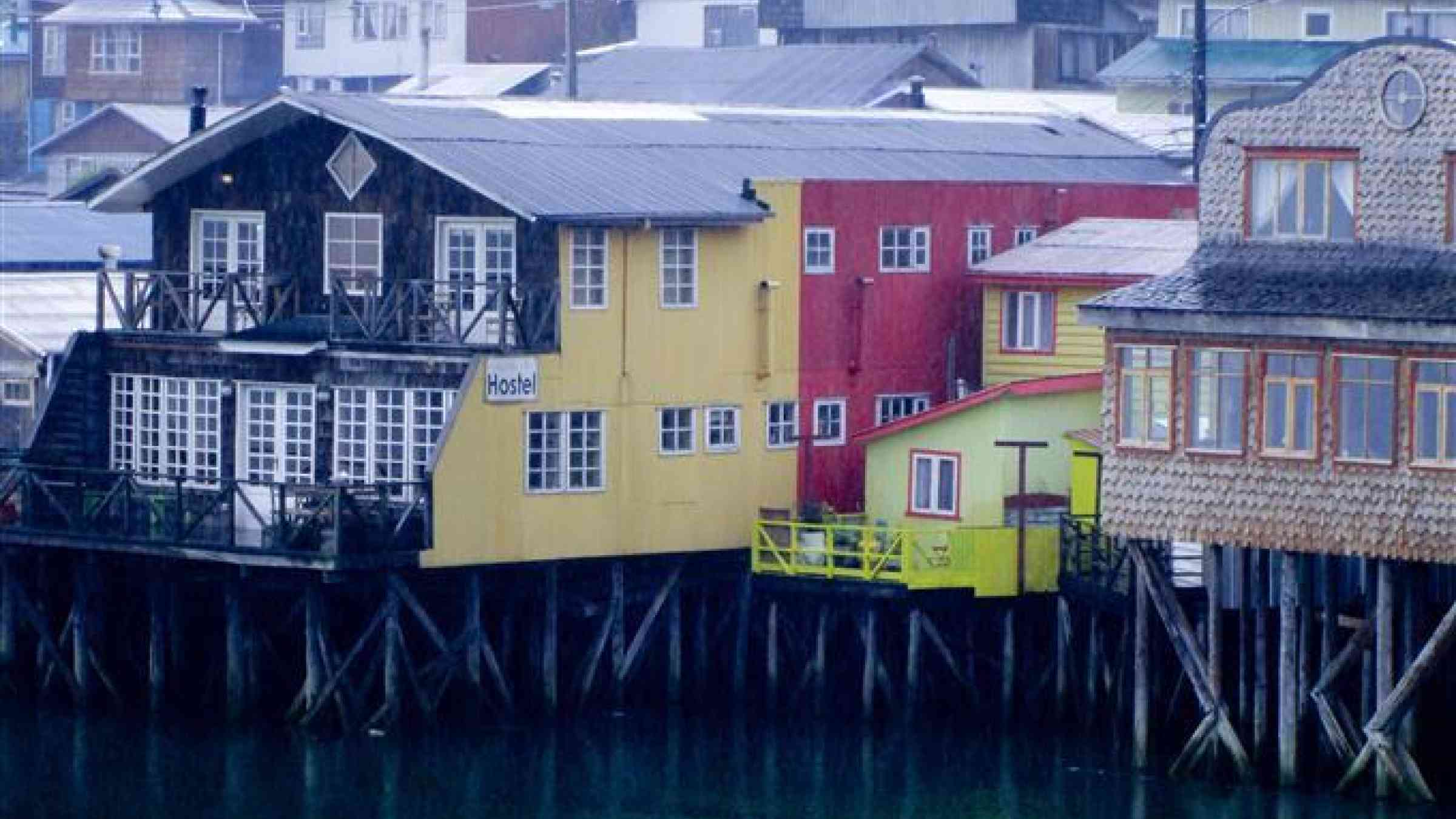Please help us improve PreventionWeb by taking this brief survey. Your input will allow us to better serve the needs of the DRR community.
Region in Chile survives Earthquake with just a couple of scratches

Photo by Flickr user Dom Camila Cortés Aguilar CC BY-NC-ND 2.0
One of the reasons tourists come to the Chiloé island, in the south of Chile, are the palafitos. These are wooden houses, colorfully painted. They rest on tall stilts and, with the coming and goings of the tides, the buildings sit over the ocean most of the time.
Though the structures look fairly old and weak, the Chiloé palafitos survived the 7.6 magnitude earthquake that shook the area on December 25 without major problems. Most of the island’s houses and famous churches held up well, too. They’re all built of wood and are considered World Heritage by UNESCO (there is even one that holds together without a single steel nail).
This is all precisely because they are built with lumber. “One of the materials that works best with earthquakes is wood, because of its flexibility. The building’s structure permites this to move along the tremors and it doesn’t oppose resistance to them,” the architect Jorge García explained to the local newspaper La Estrella de Chiloé.
[...]
Still, in spite of its flexibility, lumber isn’t perfect. Chiloe’s residents were fortunate that there wasn’t a tsunami along with the earthquake, which happened in the center of the country back in 2010, and in the north in 2015. “The power of the ocean is strong. And lumber structures are less resistant to a tsunami.
[...]
Explore further
Please note: Content is displayed as last posted by a PreventionWeb community member or editor. The views expressed therein are not necessarily those of UNDRR, PreventionWeb, or its sponsors. See our terms of use
Is this page useful?
Yes No Report an issue on this pageThank you. If you have 2 minutes, we would benefit from additional feedback (link opens in a new window).